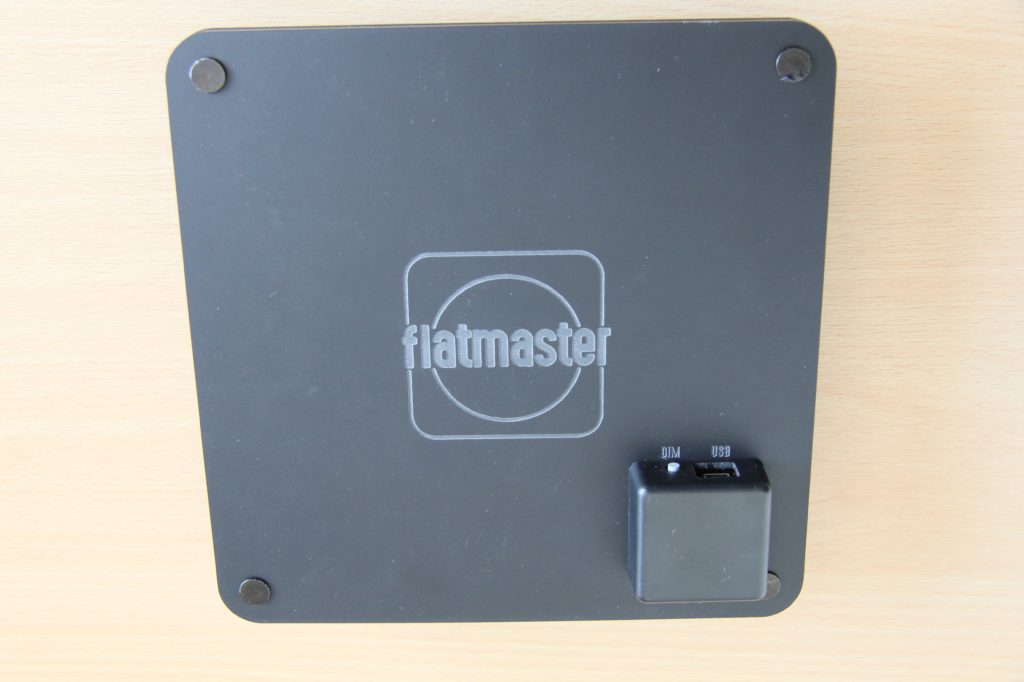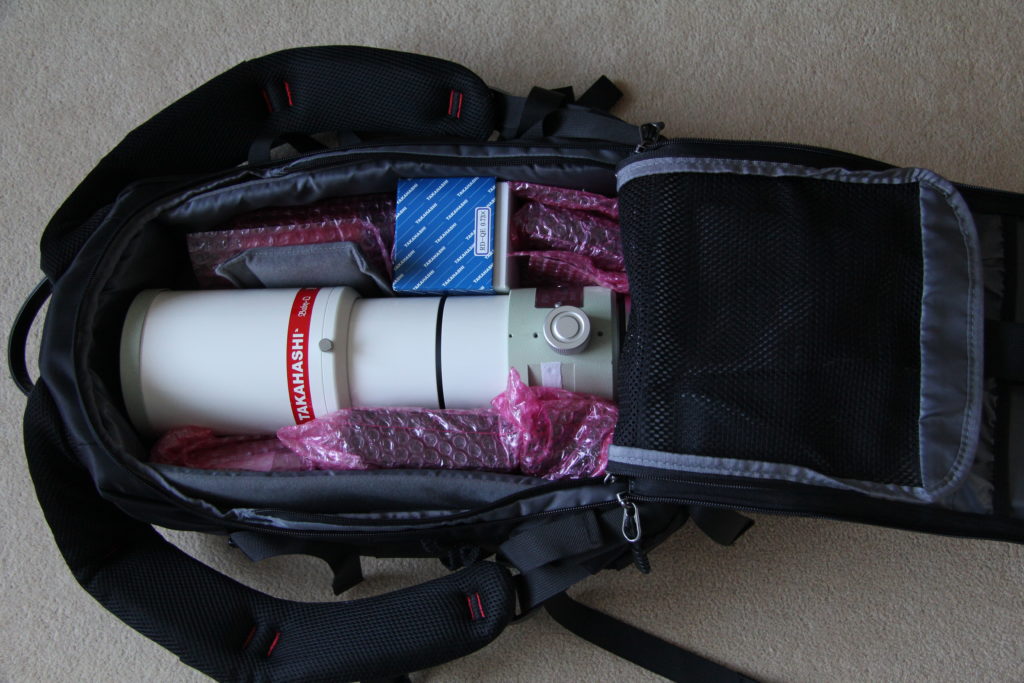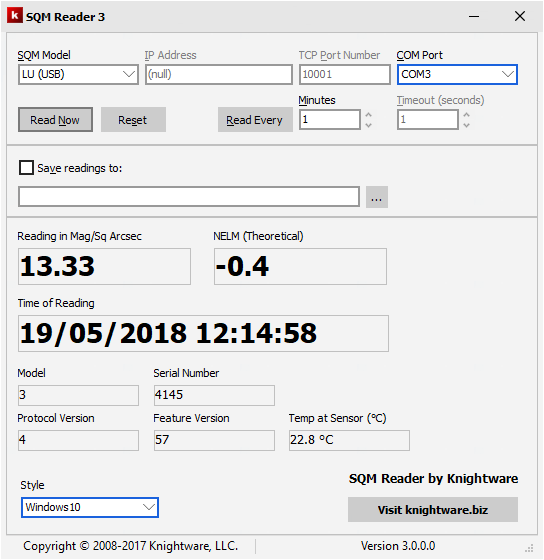The cooling fan on my Atik460EX mono CCD started to make a disturbing sound one Spring night during an imaging session setup. Given it is some six years old I decided it was time for a much overdue service.
I contacted Atik support via email and enquired on the cost of a service. The reply was quick, the estimate for a fan replacement/service was around £80 exc vat and shipping. I sent it via Royal Mail insured/recorded delivery and I was updated when it was received at the office. I was updated again when it had returned back from the labs in Portugal ready for delivery to me. This allowed me to make arrangements to be at home in order to sign for the parcel.
Atik support informed me that the failing fan had been replaced, a faulty temperature sensor replaced, the desiccant recharged and the Sony CCD sensor cleaned.
Previously the 460 struggled to reach 15-20℃ below ambient when the product literature states that the device should be capable of reaching 25℃ below ambient. This was a real problem during the recent summer nights where the CCD barely reached 0℃ at full power.
Once I was told the temperature sensor was faulty then suddenly made my past cooling experience made sense. I performed some simple tests in a 14.7℃ ambient temperature room via a PegasusAstro Environmental Sensor. At 100% power (1A single stage Peltier cooler) I was able to get the CCD down to -18℃. Now the CCD can run happily at 100% power all night without detriment but I set the cooling temperature to -10℃ and the power usage dropped to 73%, which was a ~25℃ delta.
All in and all I’m happy that the camera so is now back to functioning normally as it should. It is now in a better shape ready for the up coming BASEG trip to Southern France in September. I guess now is the time to create a new darks library for the various temperatures I’m likely to use.
Thank you to Jo and Andrew at Atik Support for the great service.

 A month or so wait and the UK Pegasus distributor
A month or so wait and the UK Pegasus distributor 





 The device was already factory calibrated and was shipped with latest firmware. The Unihedron Device Manager (UDM) is the standard way to access the device and provides all the necessary options for a simple plug and play experience.
The device was already factory calibrated and was shipped with latest firmware. The Unihedron Device Manager (UDM) is the standard way to access the device and provides all the necessary options for a simple plug and play experience.


